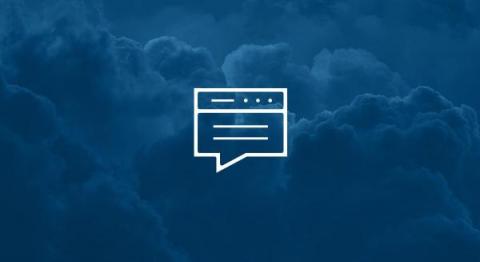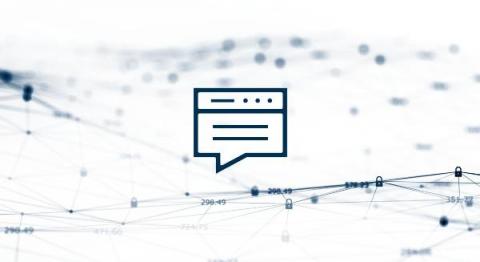How to Secure Your Network Infrastructure
With governments across the globe gearing up for major elections, experts have been predicting an increase in distributed denial of service (DDoS) attacks from nation-states and, so far, those predictions have paid off. According to Forbes, a recently thwarted DDoS attack found hackers sending traffic at 3.8 terabytes per second to a target server, peaking at 2.14 billion packets per second, making it the largest DDoS attack ever recorded.











